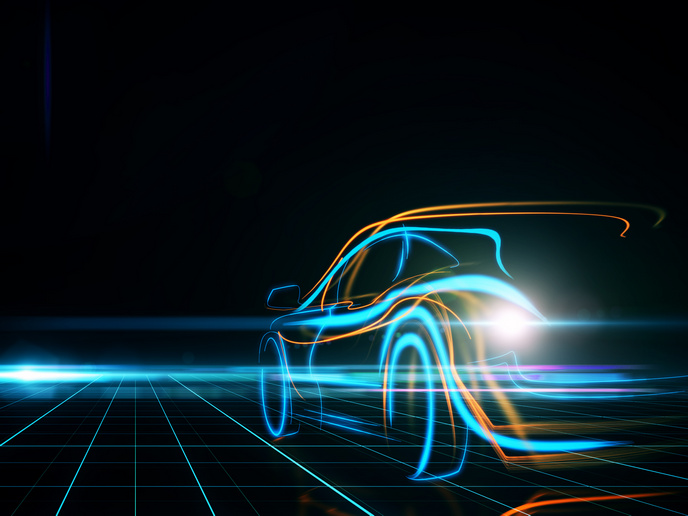Testing detection technology to improve maritime safety
Maritime transport is crucial to global trade, but dense traffic lanes, tight schedules and erratic weather make collisions a common occurrence. Accidents necessitate dry-dock repairs to roughly 10 % of ships each year, with an average cost of EUR 400 000 per incident. Collisions are costly, dangerous and can cause environmental damage. The EU-funded MARINA project addresses this issue with a suite of sensors that improve shipboard detection capabilities.
The LADARR Sensor Suite
Obstacles at or near the water’s surface include other vessels, ice floes, debris and marine mammals. To better recognise these potential hazards, MARINA tested a pivoting sensor array developed by project partners Offshore Monitoring Limited, Global Maritime Services Limited, Hjelmstad AS and Ladar Limited. The system uses optical and thermal cameras and a lidar laser. According to chief executive officer at Ladar Limited, Jorgen Grindevoll: “The LADARR Sensor Suite addresses a critical sensor gap around the water’s surface, complementing existing sonar and radar systems used for underwater and above-water scanning.” The multiple sensors in the suite are coordinated through machine learning algorithms. When an obstacle is detected, the system alerts the crew, letting personnel know if they are on a collision course with, for example, a fishing vessel or a fishing net. Rigorous testing has allowed the project to assess the performance of hardware and software under various conditions, and enhancing the LADARR Sensor Suite is an important goal of the project. Grindevoll notes: “The suite underwent extensive piloting and validation to validate system performance and, consequently, experienced continuous improvement based on the feedback.”
Training end-users
The aim of MARINA is to raise the technological readiness of the LADARR Sensor Suite to a high level and prepare the detection system for commercialisation. In addition to fine-tuning the equipment, market-readiness also requires training those who will use the equipment: end-users include ship operators, shipyards, and port facilities. To facilitate training, MARINA launched a digital training academy so end-users can understand the components of the LADARR Sensor Suite and how it functions. The e-learning modules – set up using the Moodle platform – provide immersive training through augmented reality and virtual reality environments. The project has pursued other dissemination activities as well, including trade shows and conferences.
New markets, new patents
With technological advancements developed during the project, which are covered by respective patents, LADARR Sensor Suite enlarged the scope of protection and strengthened its commercial value while securing Freedom-To-Operate. While the primary application of Ladar technology is the avoidance of ship collisions, MARINA has discovered new potential uses for the sensor suite. An important new market for the technology is the protection of maritime infrastructure, particularly where energy is involved. This includes vessels carrying natural gas and wind turbines located at sea. Another emerging market is autonomous shipping. Remote-operated ships managed by a suite of finely tuned instruments and machine learning algorithms is no longer a far-fetched idea. As Grindevoll says: “The LADARR Sensor Suite is a digital lookout system that never sleeps.” Removing human error from the equation could reduce the risk of maritime mishaps. MARINA is part of the groundbreaking few to oversee the first steps in developing the technology necessary to make autonomous shipping a reality. 90 % of global trade is carried by ships. Improved detection of surface level obstacles supports economic and environmental health and helps to keep people safe. With new applications, MARINA is helping to bring a valuable new technology to the market. Watch this video to learn more about the LADARR Sensor Suite.
Keywords
MARINA, LADARR Sensor Suite, maritime safety, autonomous shipping, lidar, multi-sensor system, collision threat, Ladar Limited, digital training academy, maritime security







